Generators are complicated machines that have great importance, especially when used on a job site or in a building. They are essential tools in an emergency, giving you warmth and power where you may not have any. However, there are many things people don’t know about generators, specifically, the importance of the automatic voltage regulator.
The automatic voltage regulator (AVR for short) is a solid state electronic device, used in generators, that automatically maintains the generator output terminal voltage at a predetermined level. Voltage levels in generators can oscillate, especially as the load or operating temperature fluctuates, and an AVR, part of the alternator’s excitation system, works to neutralize the output voltage. It stabilizes the generator’s output, which often has inconsistent loads, but can also separate the reactive load between multiple generators that run parallel to one another (called voltage droop), and can assist the generator when overloaded.
Though small — its appearance is similar to that of a computer’s motherboard — AVRs can control the output by electronically sensing the voltage emitted from the generator terminals and comparing it to the predetermined voltage level. It then sends out an error signal, used to adjust the field current (either by increasing or decreasing the current flow) to an exciter stator, which adjusts the terminals to a higher or lower flow.
To put it plainly, automatic voltage regulators (AVRs) constantly monitors and adjusts a generator or used generator’s voltage to preserve a fixed voltage level.
But why are AVRs important for generators?
Generators that are not equipped with an automatic voltage regulator (AVR) and considered unregulated, and they typically have issues meeting the power requirements needed for the devices or equipment that are hooked up to the generator. If you have worked closely with generators, you know that there can be a multitude of devices or machines that one generator may need to power. Many unregulated generators, without an AVR, are not equipped to regulate voltage output on their own, so if more devices and machines need power — the more voltage output required — the terminal voltage will taper off, meaning that the connected equipment will not have enough voltage to be fully powered, if at all.
The use of an automatic voltage regulator (AVR) is essential for generators, because if the voltage output constantly changes or decreases, instead of being sustained at a fixed, predetermined level, the generator is not as effective as you or your business likely needs it to be. This affects both the performance of the generator and the equipment that is connected to it.
Automatic voltage regulators also help to keep output terminals at a voltage level that is safe, and can offer surge protection. Without an AVR, a generator may be putting out a terminal voltage that is too high for the devices or machines it is powering, which can overload this equipment. Not only can this damage the connected equipment, but it can be extremely dangerous, leading to electrical fires or shock. AVRs assist the generator with adjusting the voltage levels during overload, preventing electrical shorting and saving you or an employee a trip to the hospital.
The usage of an automatic voltage regulator (AVR) boosts the effectiveness of the generator and can prolong its life, including the equipment that is connected to the generator. It specifically monitors the voltage output, making certain that the levels are consistent. Without an AVR, voltage levels can fluctuate wildly, causing damage to your machines, or causing issues in your business or job site.
Parts of Automatic Voltage Regulators (AVRs)
Small but mighty, the automatic voltage regulator is an important device with many benefits. The AVR is often combined with other power-quality abilities, such as surge suppression and prevention, short circuit prevention, voltage balancing, line noise reduction, and harmonic filtering.
An intricate device, the automatic voltage regulator (AVR) does much more than meets the eye, made up of many delicate parts, including: contact type voltage regulator, transistor regulator, and the computer controlled regulator. Together, all of these parts make an AVR an important asset to your generator.
Overview
If there is one thing to know, it is that the quintessential purpose of an automatic voltage regulator (AVR) is to automatically regulate the output voltage of your generator, ensuring that it remains at a safe, constant level for you, your employees, and your valuable equipment.
If you have any questions about AVRs or are looking to purchase a generator with a proven track record, contact us at Swift Equipment Solutions via phone +1-866-571-0044 or send us an e-mail at sales@swiftequipment.com today!
Frequently Asked Questions (FAQ)
What type of automatic voltage regulator (AVR) do I need?
Every generator is different, so it depends on the model of your generator. If you would like to learn more, contact us at Swift Equipment Solutions via phone +1-866-571-0044 or send us an e-mail at sales@swiftequipment.com today!
How much do automatic voltage regulators (AVRs) cost?
Every generator is different, so the price of the AVR depends on what model of generator you have. However, low-end AVRs typically cost around $140 while top tier models can be priced at around $3000.
What are the most popular types of automatic voltage regulators (AVRs)?
There are many manufacturers of AVRs, such as Stamford, Stamford AVK, Newage, and Cummins Generator Technologies. Some of the most popular models include the Stamford SX460, Stamford AS480, and Stamford MX341.

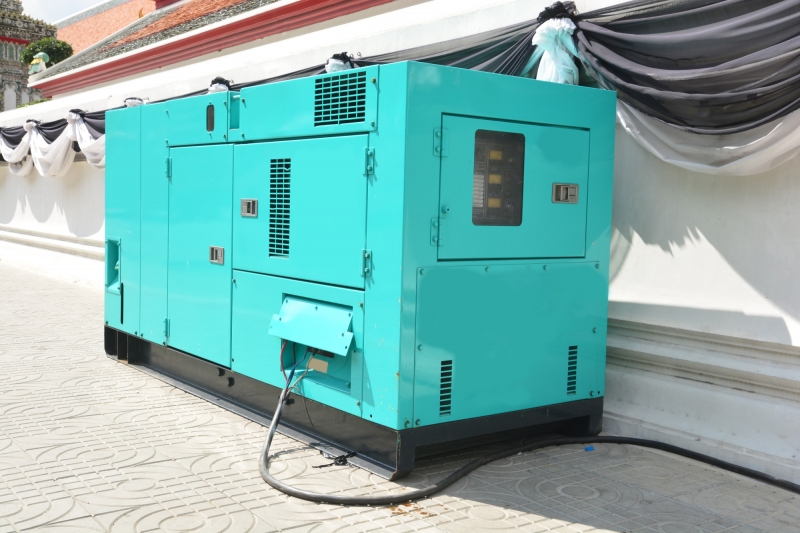
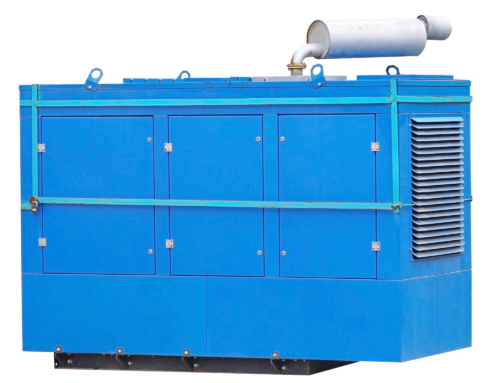
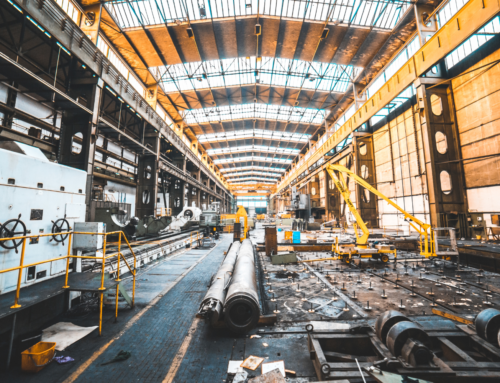
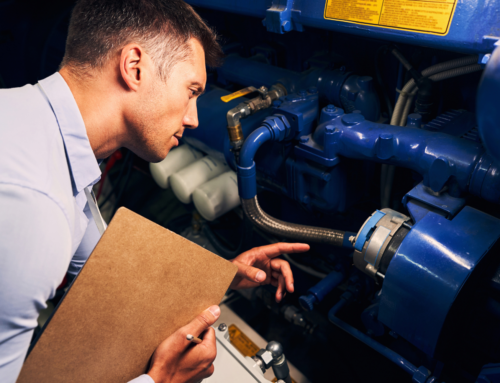
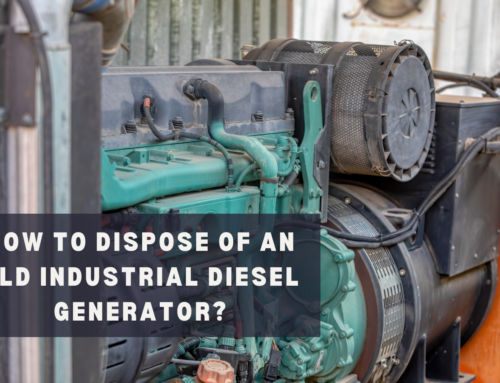
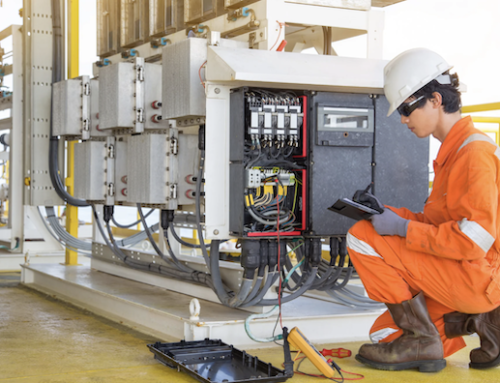
Leave A Comment